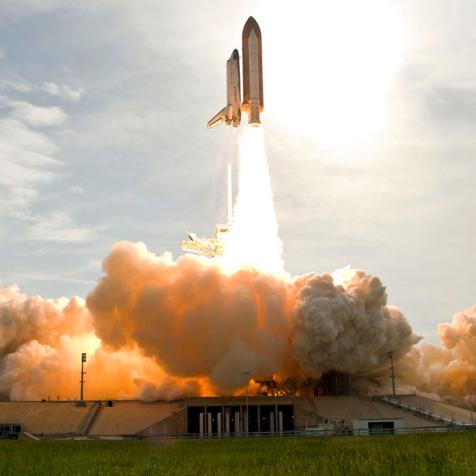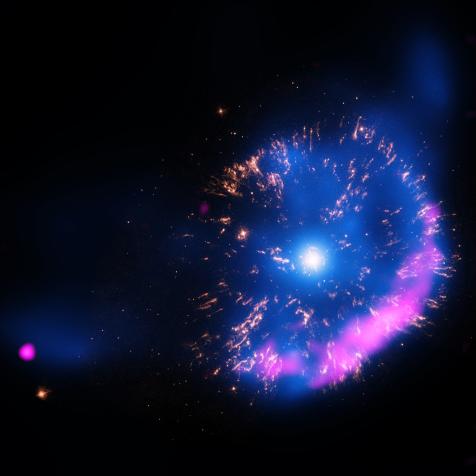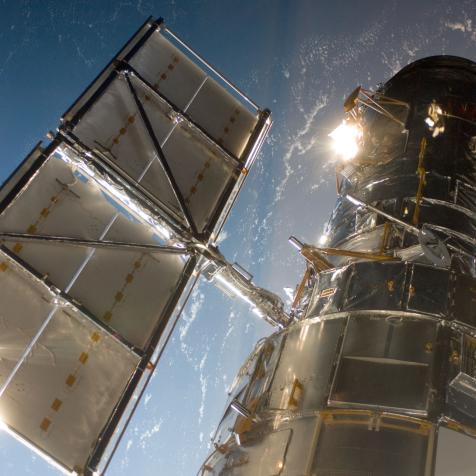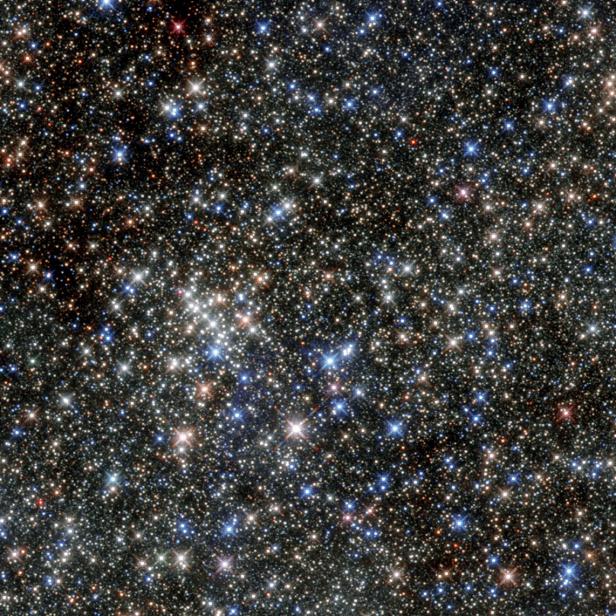
NASA
How Stars Die: The Fate of a Hypernova

All Stars die. Some stars go out with a bang. Some stars go out with a big bang — a supernova. And some stars are capable of something so spectacular, so rare, we don't even have a name for it yet.
Let's start with a little intro into astronomy jargon. A “nova” — which comes from the Latin word for “new” — is a star that suddenly flares in brightness for one reason or another. A “supernova” is like a nova but super, so bright that they can outshine hundreds of billions of normal stars. Supernovas happen when big stars in our universe kick the bucket.
Super, Supernova
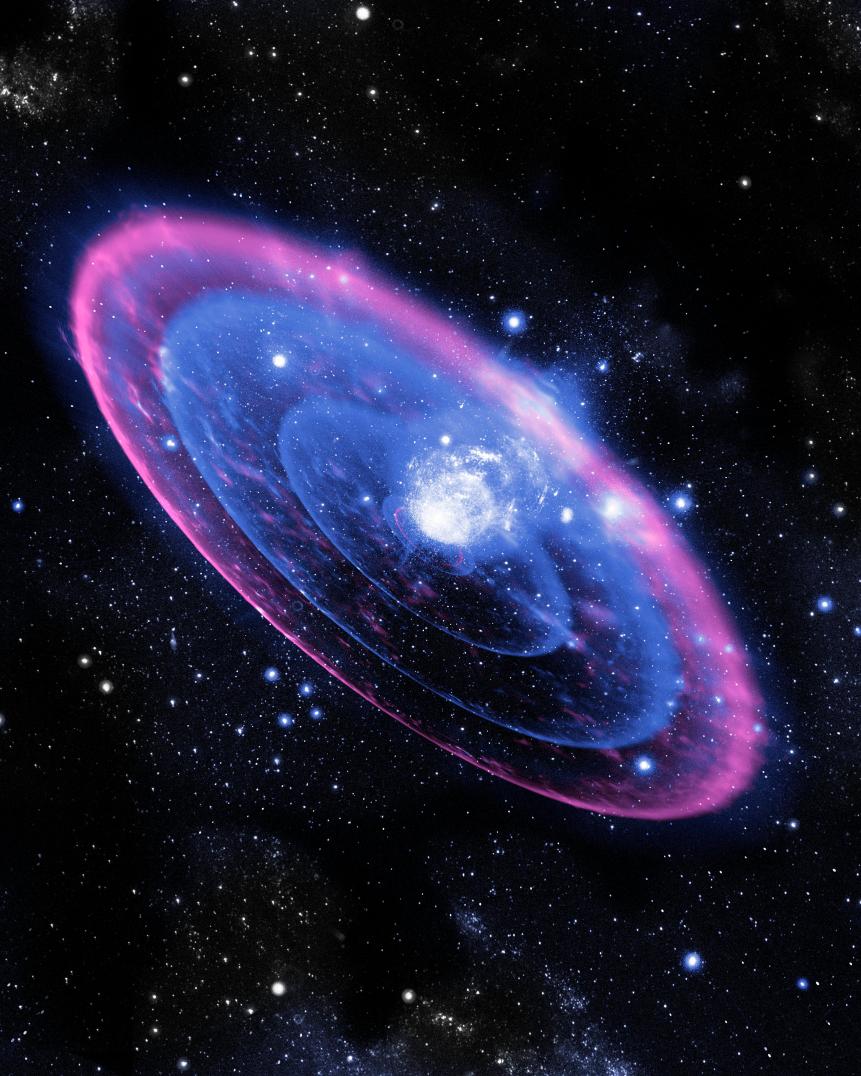
Science Photo Library - MEHAU KULYK.
But starting in the 1990s, astronomers started to see supernova that were even more super than normal. We're talking 10 to 100 times brighter than your typical garden variety supernova. Astronomers gave them a name, hypernova, because that sounded suitably awesome in the fashion of the '90s.
Also in typical astronomical style, they got a name before we even had a hint of what they really were.
Today a brighter-than-average supernova can be named one of many things. They can be called hypernovas, but some astronomers prefer the term superluminous supernova.
But while we still debate the name, we do have an understanding of one potential cause of these extra bright all-stars. And you guessed it, it involves a lot of mass.
Like, Really Big
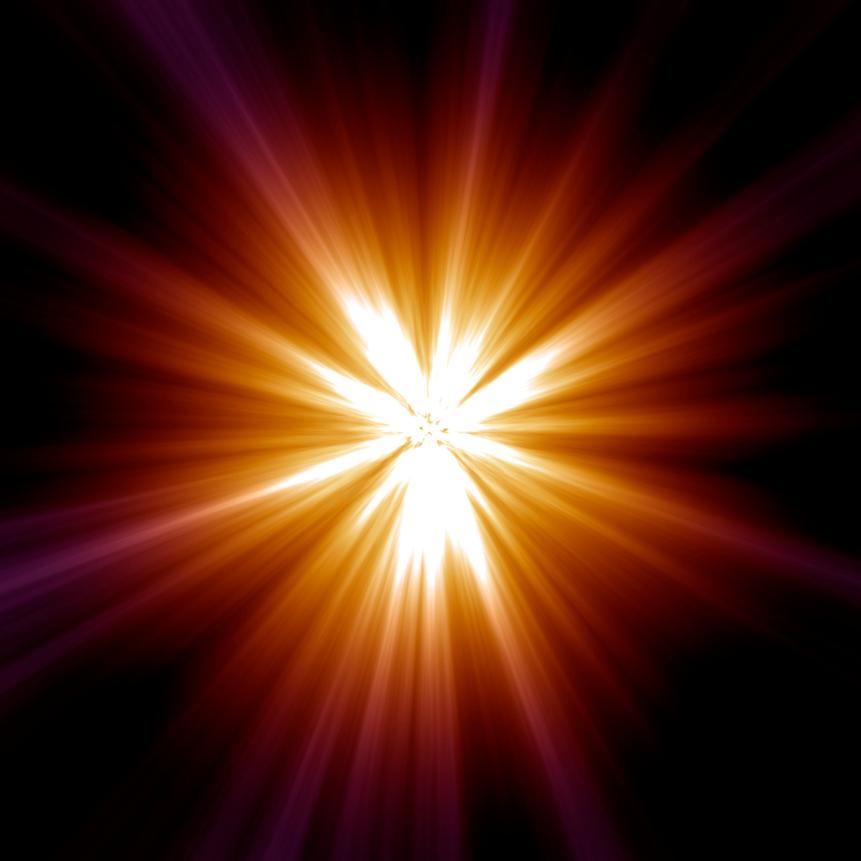
Science Photo Library - MEHAU KULYK.
If you take a truly giant star, say something 50 times more massive than our sun, then the nuclear reactions in its core can reach an absolutely insane pace. So much so, with the temperatures and densities so high, that particles can randomly decide to become bits of radiation instead (which is totally allowable by the rules of physics as long as you have enough energy). Now usually that radiation just converts back into particles and the star goes about its business. But in giant stars this can go unstable, with too much radiation being created too quickly.
When that happens, there aren't enough particles to support the core of the star. It's as if the rug gets pulled out from underneath it. The core of that giant star simply vanishes, and the rest of the star can't do anything but crash inwards at a good fraction of the speed of light.
What ensues is a chaotic, turbulent, energetic mess. The star collapses, releasing a flood of energy and radiation, a blast even bigger than a typical supernova. Or in other words, boom.
Or should I say...hyperboom?
Paul M. Sutter
Paul M. Sutter is an astrophysicist at Stony Brook University and the Flatiron Institute, host of Ask a Spaceman and Space Radio, and author of How to Die in Space.












